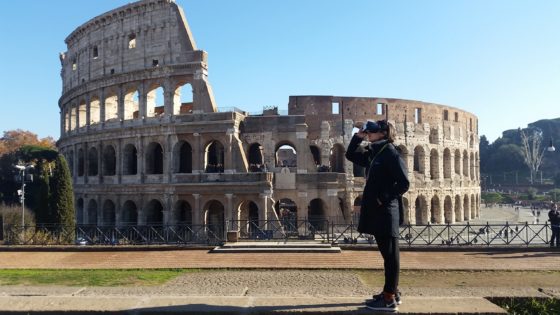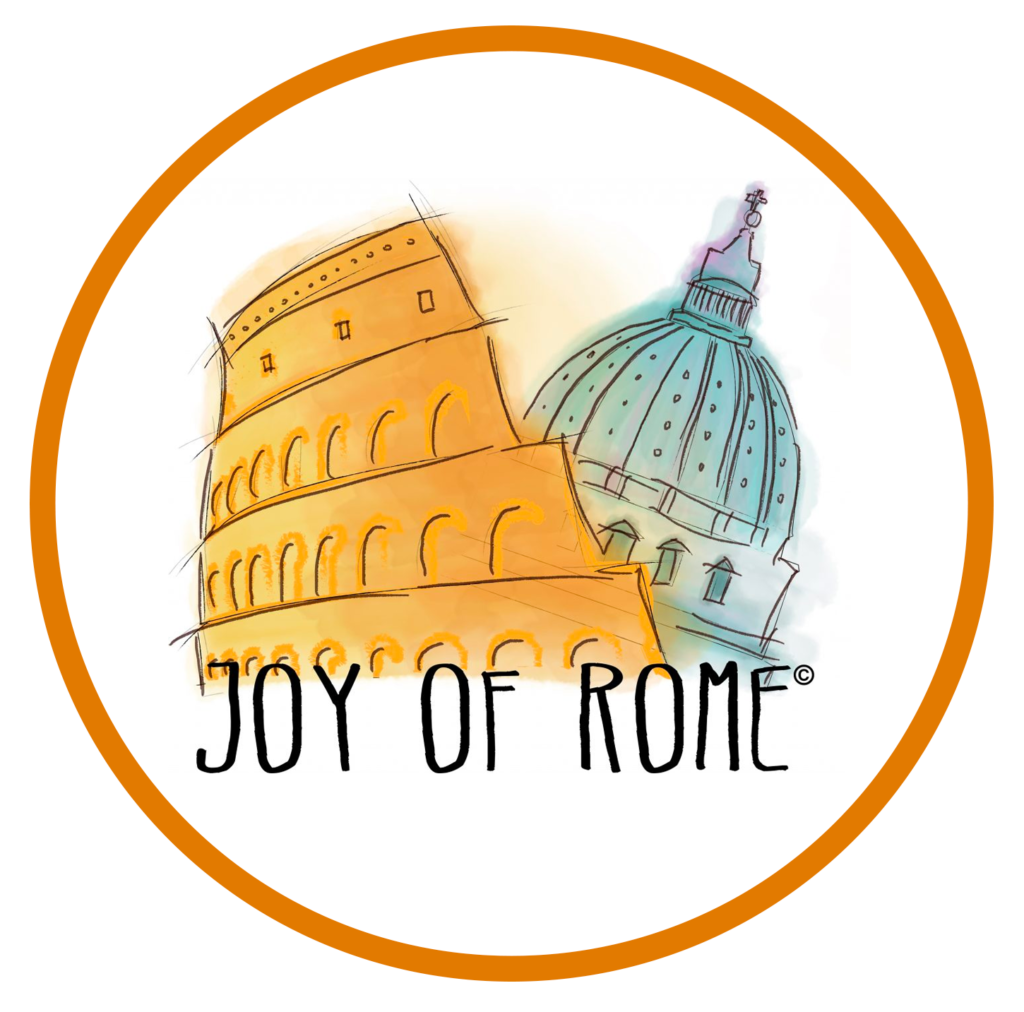Exploring the history of Rome is like putting together a giant 3D jigsaw puzzle, only with many of the pieces still missing. Our guides love to tell you the secret bits of knowledge that help fill in the gaps – or make you wonder. Now virtual reality and multimedia installations are adding even more pieces, helping us see how the puzzles of the past fit together. Here are some of the main multimedia exhibitions in Rome that we recommend as a little something extra to do after one of our tours.

Palazzo Valentini – Domus Romane – at home with the Romans
These Patrician homes are hidden beneath a 16th century palazzo and offer a rare chance to see how this class of Roman citizen lived. The site is a fine example of how technology can enhance archaeology and history, starting from the network of glass footbridges, designed so visitors can see as much as possible while protecting and preserving the fragile ruins. In 2011, Domus Romane became the first site in Rome using virtual reality to add to the unique atmosphere of the museum and show the daily life of the people who once lived in these homes. The museum is open from Wednesdays to Monday and tickets are 12 Euro (plus booking fee – usually 1 Euro). You can see more details here: http://www.palazzovalentini.it/domus-romane/index-en.html#info and buy tickets online here: http://www.tosc.it/tickets.html
Recommended after our Ostia Antica Tour, Capitoline Museums Tour or the Underground Rome Tour
Foro Imperiali – A Journey Through the Forums
The Foro di Cesare and the Foro di Augusto come to life with two technologically complex and poetic multimedia events. Along the Foro Cesare you will learn details of the excavations, see how Julius Caesar formed the foundations of the Roman Empire’s greatness and have a peak into the lives of every day citizens. Along the Foro Augusto you’ll see how Augustus increased Rome’s grandeur within the city walls as well as its territory throughout the ancient world. Each event is 15 Euro or you can buy a combined ticket for 25 Euro (plus booking fee). You can buy the tickets from any PIT (Tourist Information Points) or online here: http://www.viaggioneifori.it/en/
Recommended after the Imperial Parade Tour, Bread and Circuses Tour or Ancient Rome Classic Tour
Domus Aurea – Nero’s Golden House
Domus Aurea, the once mythical home that Nero built after the Roman fires of 64 A.D., was said to be so luxurious and large that many Romans believed Nero started the fire just himself so that he could build his new home. The palace was set on a massive property that included woods, fields and a man-made lake – creating a country retreat in the centre of urban Rome. After Nero’s death, much of the land was returned to public ownership, filled in to create public baths and other civic buildings and the Golden House was erased from the landscape of Rome. That is until a young Roman fell through a hole in the ground and landed into the preserved remains, revealing architectural and artistic innovations that would influence artists and artisans through the Renaissance and beyond.
With virtual reality multimedia technology you can see how Nero’s palace once was and have a taste of the technologies modern archaeologists use to restore and catalogue history. Tickets are 14 Euro plus the booking fee and you can book here: https://www.coopculture.it/en/events.cfm?id=268 and there’s also a video to give you a little taste of the experience.
Recommended after the Imperial Parade Tour, Bread and Circus Tour or Ancient Rome Extended Tour
Ara Pacis – As it Was
This altar dedicated to the Roman Goddess of peace, Pax, was originally located on the outskirts of Rome and is a fine example of how layered the history of Rome is. It was constructed to celebrate Augustus’ return from Gaul and Hispania in 13 B.C. and was also part of an elaborate sun dial system. Built on marsh land, it was eventually buried in silt until fragments were discovered in the 16th century. Reconstruction of the altar was finally completed in 1938 and it was relocated to the banks of the Tiber by Mussolini, a master of reappropriating Roman symbols to add prestige to his own regime. The Museum of Ara Pacis, opened in 2006, is also milestone for Rome, being the first piece of modern architecture within the city since the time of Mussolini. Now, augmented reality is adding another layer to history and you have the chance to see the Altar of Ara Pacis as it was, in colour and in its original location – without leaving the museum. The muledia experience takes place on Friday and Saturday evenings from 7.30pm and last around 45 minutes. You can buy tickets at the museum for 12 Euro or online with an extra 1 Euro booking fee here: https://www.arapacis.it/
Recommended afterJulius Caesar and Augustus Walking Tour and the Ancient City + Pantheon Tour
Our certified and informed tour guides are happy to suggest things to do after your tour – whether you want to learn more or enjoy everything Rome has to offer.
